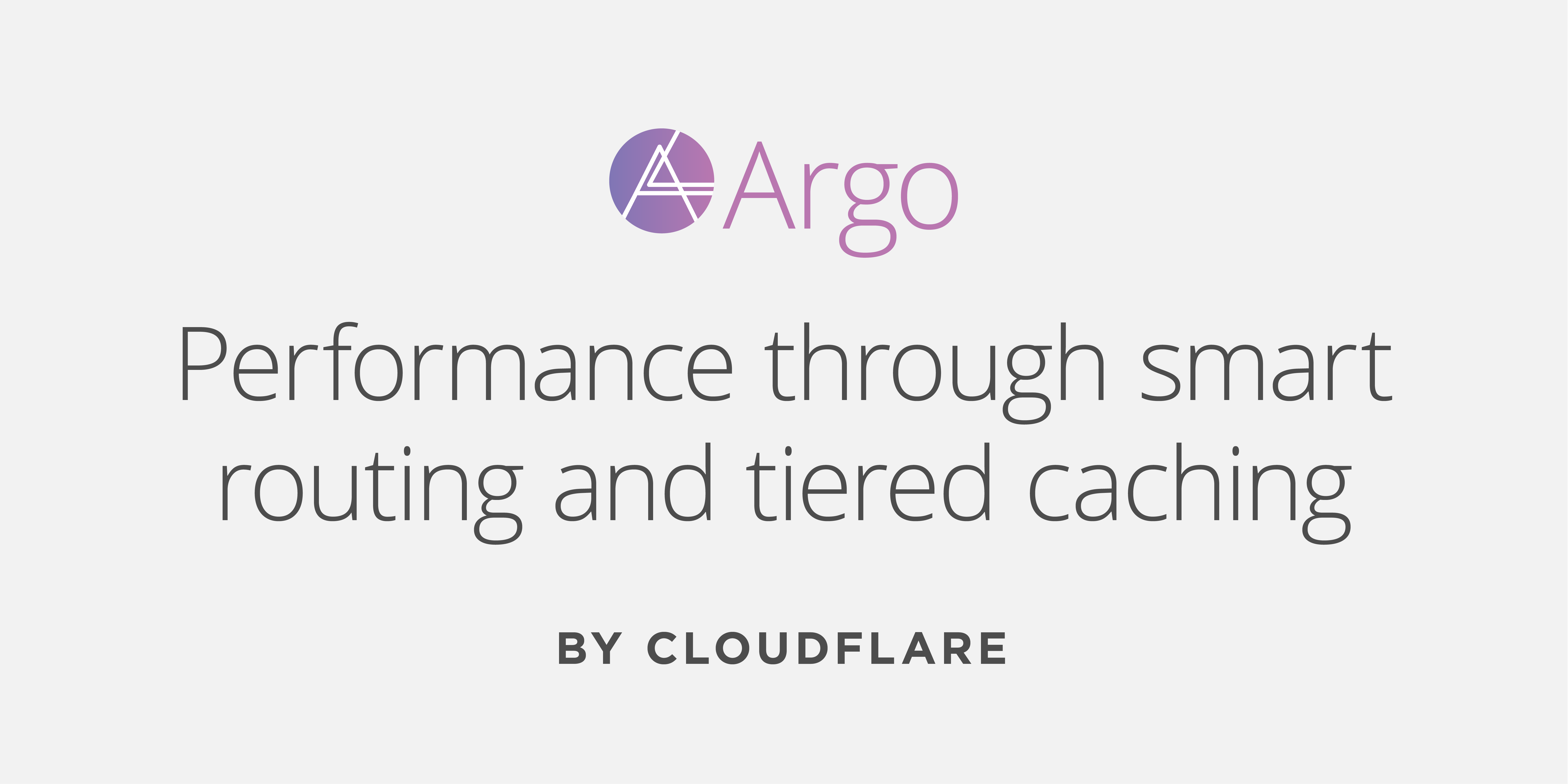PQ Show 116: Practical YANG For Network Automation
Todays Priority Queue explores network modeling and programmability. Our guest Michael Kashin has been working with YANG models, python, and a variety of supporting tools. We discuss how to work with network models and how they tie to the future of network configuration. The post PQ Show 116: Practical YANG For Network Automation appeared first on Packet Pushers.Developing a Spring Boot app on Docker: The AtSea Demo App
This is the first of a series of blog posts that demonstrates using Docker to develop a typical web application and deploying it in production. For DockerCon 2017, we wanted to build a new demo application that would demonstrate the flexibility of using Docker in development as well as showcase the features of Docker in a production environment. The result was the AtSea Shop, a storefront application that can be deployed on different operating systems and can be customized to both your enterprise development and operational environment.

A Hybrid Architecture
The team decided on a few ground rules. First, we wanted to use modern components commonly used in enterprise applications. We decided to build a Java application using the Spring Boot framework. The web client is a javascript application written using React as a framework. Second, the application should be able to use any relational database and that it could be deployed on a Linux or Windows environment or cluster. Finally, the team wanted to show the process from development to deployment including building the application, implementing security, and deploying the application.
The application combines a typical Java n-tier architecture that uses Spring Boot’s web MVC framework for the REST API Continue reading
How the Internet changed the Nyirarukobwa Primary School
She tells me that she joined this school this year because it has a very high success rate for the National Exam. Sarah said to me: 'I want to go to boarding School', which is what will happen when she passes the exam and go to Secondary school.
She is one of the 700 plus children who joined the Nyirarukobwa School over the last 3 years (yes the number of kids just doubled!!) because of its high exam success rate.
Introducing Argo — A faster, more reliable, more secure Internet for everyone

The Internet is inherently unreliable, a collection of networks connected to each other with fiber optics, copper, microwaves and trust. It’s a magical thing, but things on the Internet break all the time; cables get cut, bogus routes get advertised, routers crash. Most of the time, these failures are noticed but inexplicable to the average user — ”The Internet is slow today!” — frustrating user experiences as people go about their lives on the Internet.

Today, to fix all of this, Cloudflare is launching Argo, a “virtual backbone” for the modern Internet. Argo analyzes and optimizes routing decisions across the global Internet in real-time. Think Waze, the automobile route optimization app, but for Internet traffic.
Just as Waze can tell you which route to take when driving by monitoring which roads are congested or blocked, Argo can route connections across the Internet efficiently by avoiding packet loss, congestion, and outages.
Cloudflare’s Argo is able to deliver content across our network with dramatically reduced latency, increased reliability, heightened encryption, and reduced cost vs. an equivalent path across the open Internet. The results are impressive: an average 35% decrease in latency, a 27% decrease in connection errors, and a 60% Continue reading
Higher performance for oVirt Python SDK
Python SDK version 4.1.4 introduced support for sending asynchronous requests and HTTP pipelining.
This blog post explains those terms and will show you an example how to use the Python SDK in an asynchronous manner.
Asynchronous Requests
When using asynchronous requests, the client sends the request and defines a method (usually called callback), which should be called after the response is received but the client is not waiting for the response. In order for SDK to work in an asynchronous fashion, we introduced two new features to our SDK: multiple connections and HTTP pipelining.
These features provide significant value when the user wishes to fetch the inventory of the oVirt system. The time to fetch the inventory may be significantly decreased, too. A comparison of the synchronous and asynchronous requests folows.
Multiple Connections
Previously the SDK used only a single open connection that sequentially sent the requests according to user program and always waited for the server response for corresponding request.
In the new version of the SDK, the user can specify the number of connections the SDK should create to the server, and the specific requests created by user program uses those connections in parallel.
HTTP Continue reading
Interop ITX: WLAN Design and Security Tips
Wireless experts offer advice on best ways to build and secure WiFi networks.
Let’s build a small network automation solution!
Do you have the feeling that you should know more about network automation, but don't know where to start? I was facing that same problem in 2015, and then started exploring Ansible (plus YAML, Jinja2, Git, Puppet…), creating small playbooks, and finally came to a point where I said "now I know that you can have a small solution solving an actual problem ready in a few weeks even if you know absolutely nothing today".
Read more ...Cisco to Lay Off 1,100 Employees by November 2017
 And the company expects revenue declines of 4-6% next quarter.
And the company expects revenue declines of 4-6% next quarter.
